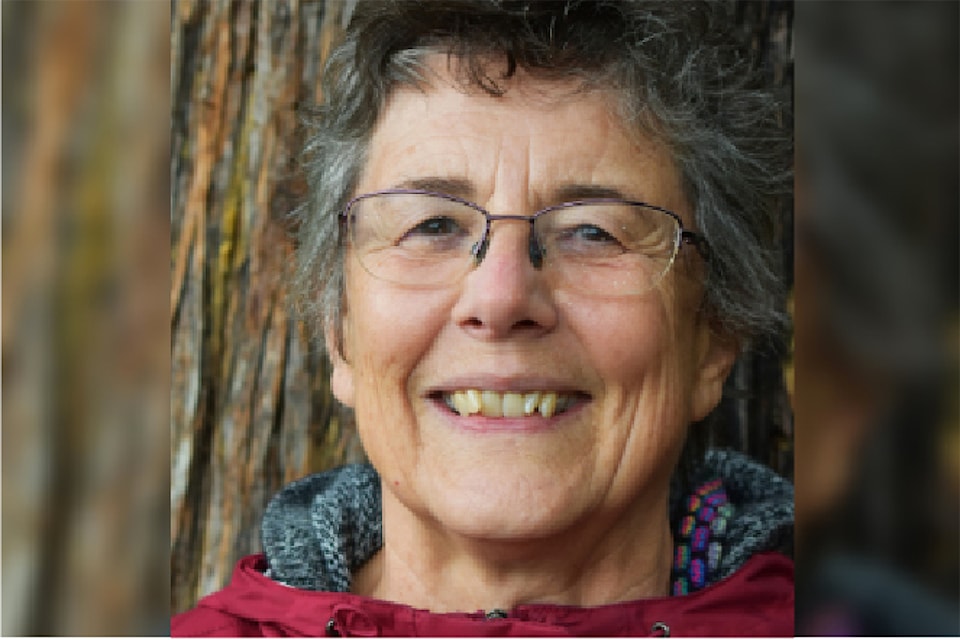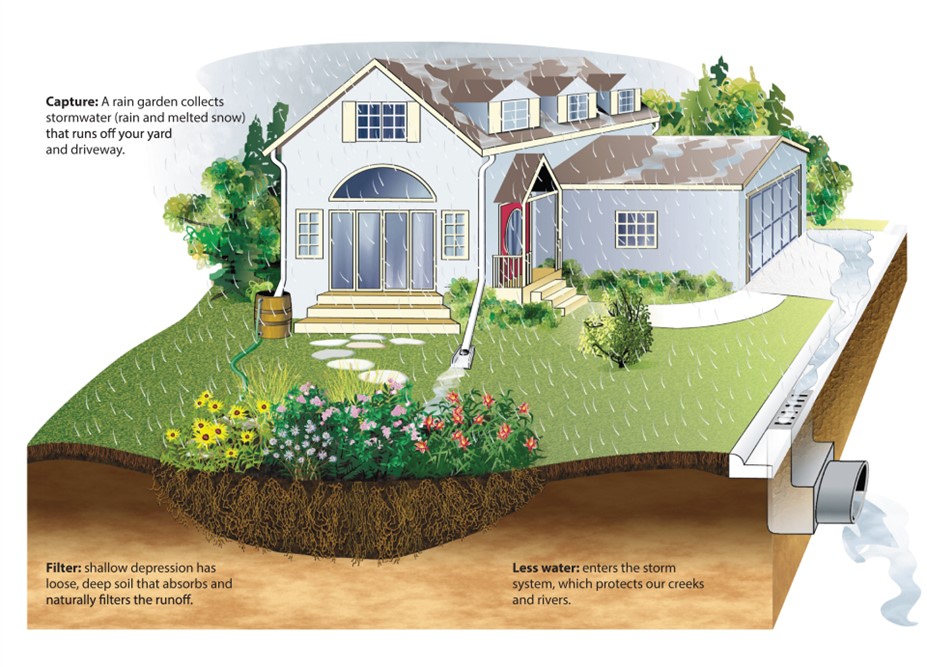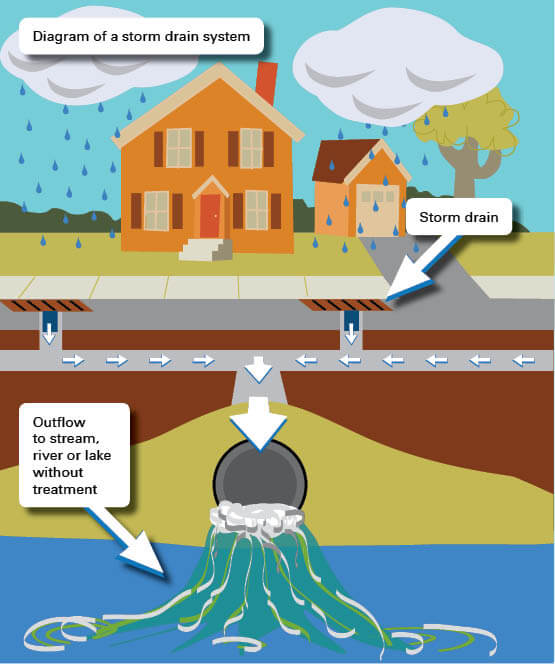A Climate Hug For Our President
You may have already seen this article in the PQB News.
Biologist Riordan dedicated to protecting waterways and saving salmon
CLIMATE HUGS: PQB resident passionate, knowledgeable about protecting natural water systems
Karen Hodgson Nov 5, 2024 10:39 PM

Climate Hugs showcases locals who are involved in mitigating the effects of climate change. This month, Communities Protecting our Coast proudly celebrates Oceanside resident Barb Riordan.
Riordan is a committed biologist, and president of the Mid Vancouver Island Habitat Enhancement Society. After working as a biologist in Ontario and mainland B.C. for years, Riordan now inspires others to wade into our local rivers to monitor, assess and enhance waterways, river banks, salmon populations, and the chain of life that depends on water. She says we "need healthy watersheds in order to sustain salmon. When you take care of salmon and their habitat you take care of a myriad of species including us."
Riordan's work alongside her crew of about 80 MVIHES volunteers has included water sampling, counting smolts migrating into the Kw'a'luxw (Englishman River) on their way to the sea, monitoring forage fish salmon feed on, and restoration of Shelly Creek to provide spawning and rearing habitat for salmon.
She is passionate and knowledgeable about protecting our natural water systems.
"Climate change and development have contributed to an overflow of water rushing through Shelly Creek, eroding banks in the winter and leaving drought in the summer," she said, adding in some areas storm drains pour unnatural volumes of water from roofs, asphalt and concrete at an accelerated rate, directly into creeks, rivers and the ocean. "In nature 80% of rainwater is absorbed into the ground and then moves slowly through water tables that feed creeks and rivers in summer."
She is concerned that excess water runoff will worsen with climate change and if development practices aren't adjusted.
"One of our big accomplishments," Riordan said, "is that we widened the lower section of Shelly Creek, removing about 40 dump truck loads of sediment to make room for increased water volumes and fish habitat."
She is thrilled that now "there are Coho and we think Sea-run Cutthroat Trout spawning in Shelly Creek."
Riordan added, "tree canopies reduce evaporation and keep water temperature down. With rising temperatures, a two-to-three-degree water temperature change can mean the difference between life and death for salmon."
She and MVIHES volunteers, (sometimes in partnership with other streamkeepers or First Nations groups like the Snaw-naw-as), plant trees and shrubs along stream beds. Vegetation holds rain and slowly releases it, she said.
Riordan noted "like many, I wonder what kind of world we'll leave for our children and grandchildren?"
She worries about microplastics in salmon and our ocean and has learned "80 per cent of that plastic comes from storm water drains."
To learn more or get involved in this important work, head to the MVIHES website at mvihes.bc.ca.
In appreciation of Barb's work, Nanoose Bay Lions Club will make a donation of $50 to MVIHES on her behalf.
What Can You Do About Stormwater?
If this article has made you wonder if there is something you can do at home to help reduce the impact of stormwater drains on salmon habitat, you're in luck.
One of the simplest things to do is to have a look at the downspouts on your house. Do they go straight into the ground or out on your lawn? If they go straight into the ground it means they are connected to a pipe that sends the rain off your roof into a stormwater drain that most likely empties into a creek, river, or ocean. Consider getting an extension for a couple of your downspouts that will direct the water from your eavestroughs onto your lawn (not recommended if your house is near a cliff edge). This will allow rainwater to percolate into the ground instead of rushing into a creek, and adds to the groundwater that feeds creeks and rivers in the summer. You might also be surprised by how much better your trees do in the summer.

Another option is building a raingarden. Rain gardens are landscape features that are designed to collect rainwater runoff from impervious surfaces such as roofs and driveways. They are simply depressed garden spaces that hold runoff and allow it to infiltrate into the soils. You can read about raingardens here.

And finally, keep in mind that when we wash our car with a cleaning product in the driveway, have an oil leak, or spray pesticides on our lawn, the rain will wash that into a stormdrain in the street and straight into a creek or river.
Together, we can make a big difference!